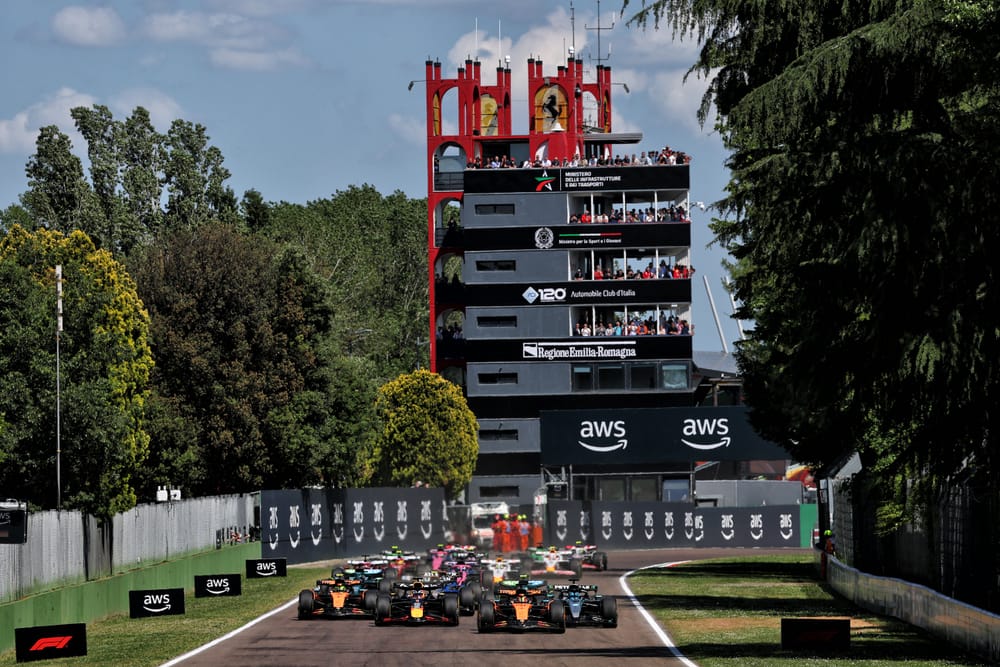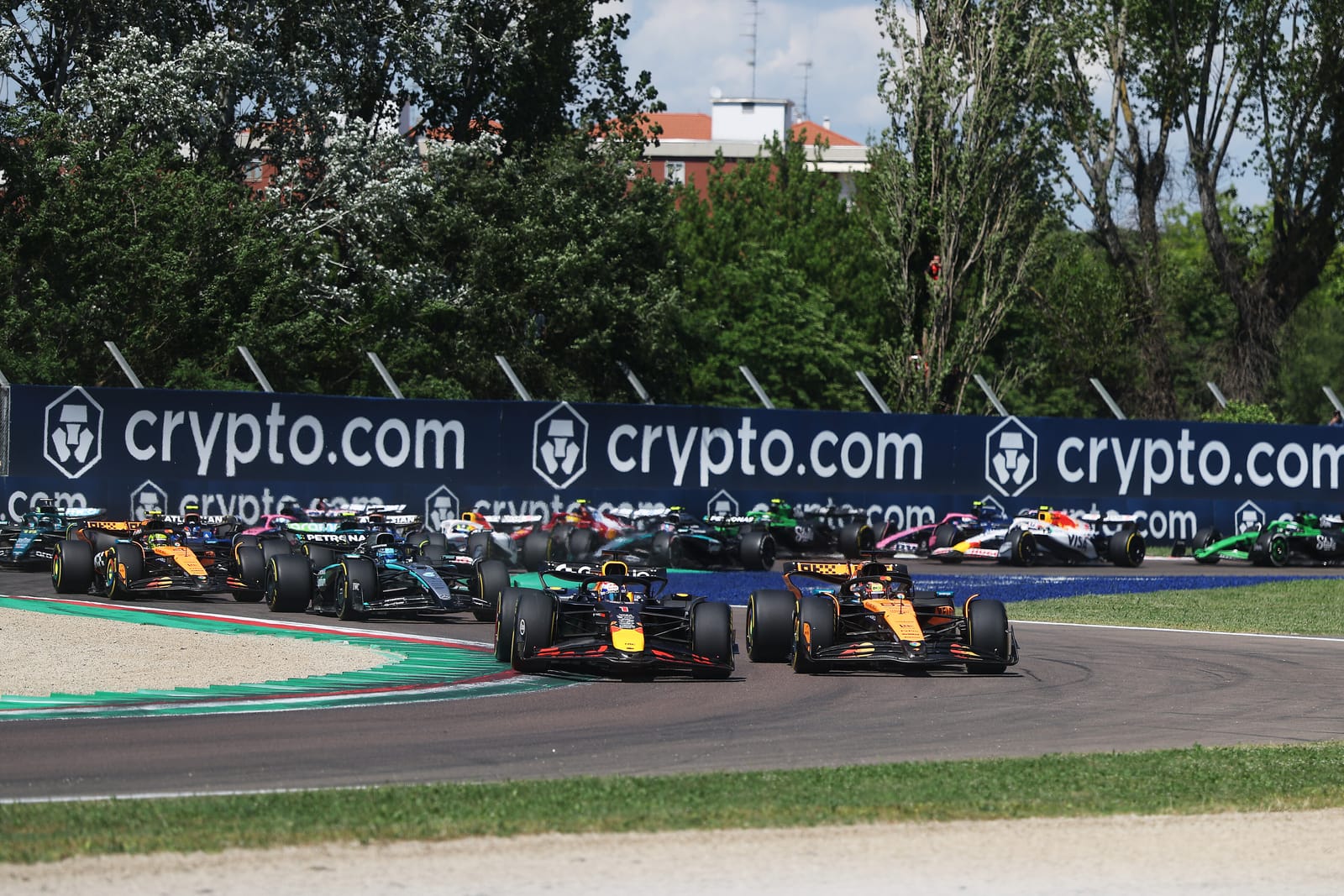Red Bull shocked McLaren (and itself) with Max Verstsappen’s dominant victory in Formula 1’s Emilia Romagna Grand Prix at Imola after an opportunistic first-lap pass and pure, McLaren-beating pace.
And what is expected to be the last grand prix at this famous track for the foreseeable future threw up plenty of interesting conclusions as F1’s European leg of the season began.
McLaren and Red Bull surprised each other
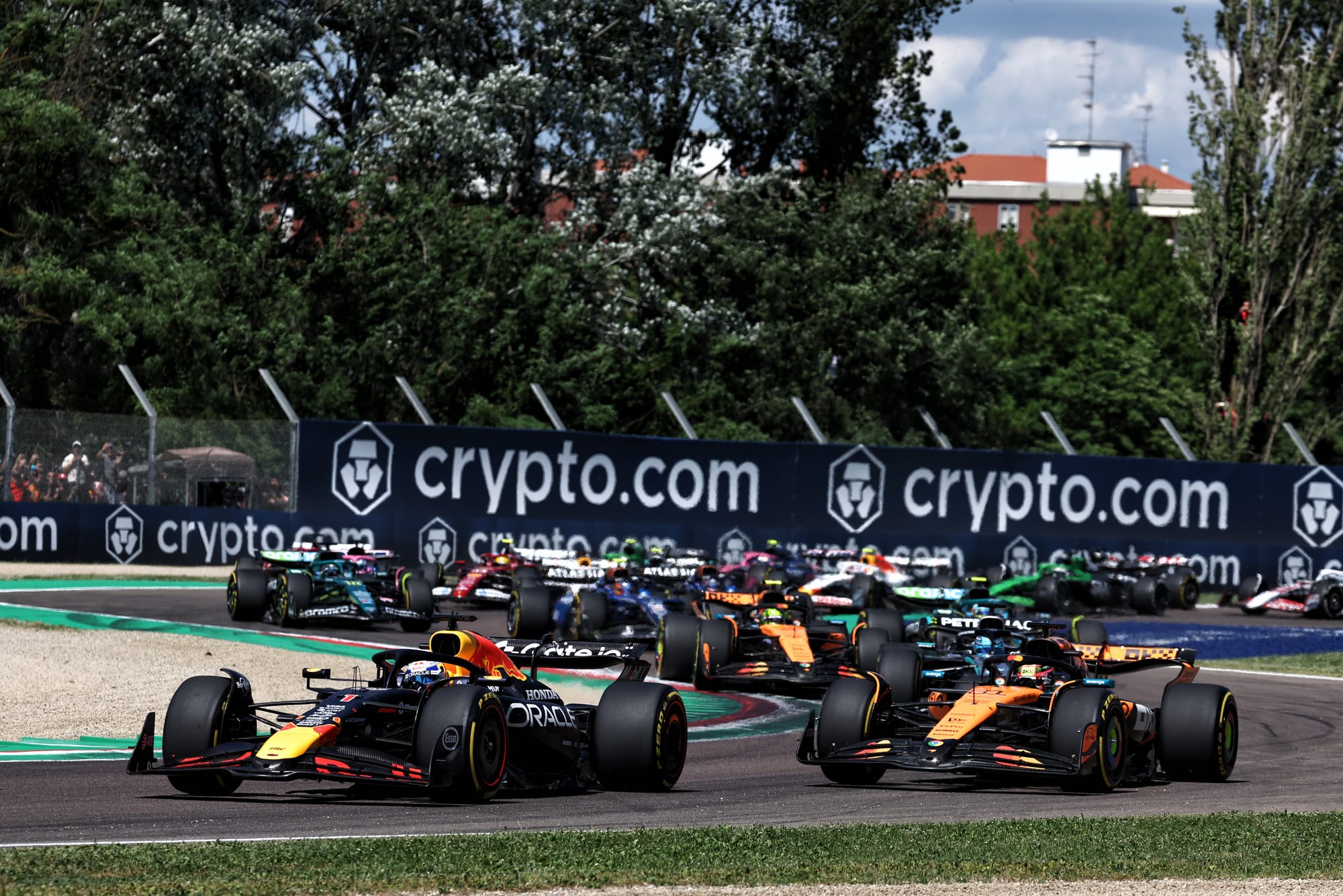
It was roles reversed as, on a hot day where good tyre management was the key to victory, Red Bull not McLaren proved to be the dominant force.
And the completely different picture from Miami a fortnight ago, where McLaren had been in a class of its own in what appeared to be similar circumstances, left both teams with different explanations afterwards for what had happened.
McLaren said it was surprised its rival had been so quick, and it was adamant Red Bull had made a step forward. On the flip side, Red Bull was convinced nothing dramatic had changed on its car and that instead it was McLaren that had dropped back.
Whatever the truth, tiny details certainly came together to make the difference. A relatively minor upgrade Red Bull brought to the track helped put its car in a better balance window – and that helped deliver a virtuous circle of helping the RB21 not slide as much, so its tyres stayed in a better window and also helped the car not slide as much.
Track layout was critical too. We know the Red Bull is better than the McLaren in the type of high-speed corners that are present at Imola but not there in Miami, and there are not many of the traction zone areas and low-speed turns where the MCL39 excels.
In pure pace terms over a single lap, the differences between the two cars are minimal; but on race day, the different strengths and weaknesses are starting to look decisive as the championship battle heats up.
Hamilton/Leclerc swap roles in Ferrari slump
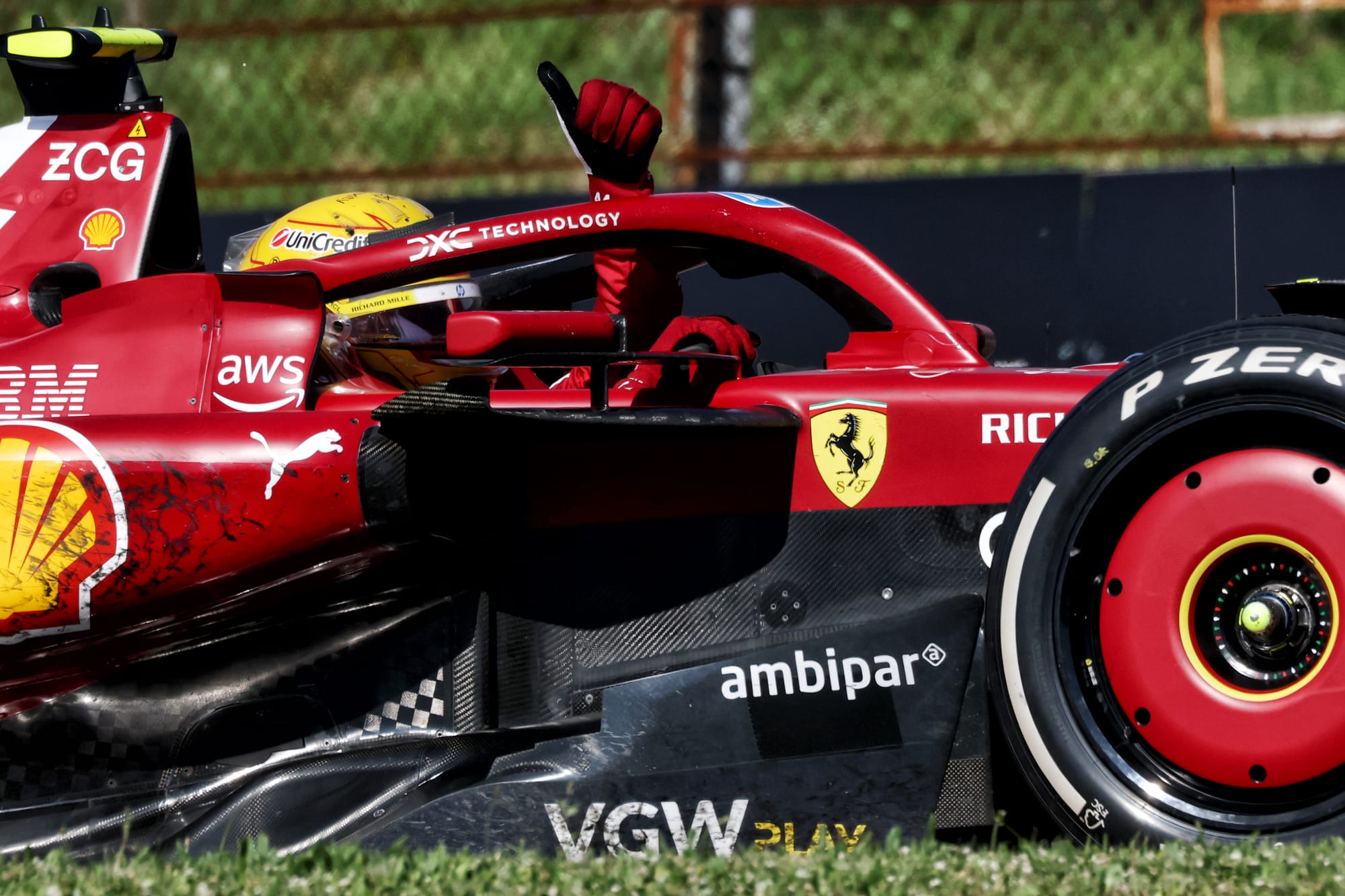
Ferrari snatched respectability from the jaws of humiliation at its home race, where its car was brutally exposed as a midfield one at its very worst.
A deserved double Q2 exit, entirely on merit, reflected how compromised the SF-25 is in certain conditions: the bumps and kerbs of Imola taking it even further out of its ideal set-up window than it already needs to be run in while awaiting a suspension fix coming mid-season.
It left Charles Leclerc very downcast after qualifying and no better after the race when he was compromised by safety car timings boosting others and didn’t have another usable set of tyres to switch to for the final restart.
Sixth for him and fourth for Lewis Hamilton marked a very good recovery from 11th and 12th on the grid, but only one of them seemed to see the bright side.
Hamilton was much chirpier and optimistic through the weekend, perhaps because he is starting to show signs of matching Leclerc more for pace again even though Ferrari’s slipped back. Whereas Leclerc is just cutting a forlorn figure who realises this season is already slipping away too much to recover.
That’s quite the opposite to where the two drivers were a couple of races ago. And now Leclerc's assuming the worst for Monaco this week while Hamilton is excited for it.
Mercedes' tyre management hasn't improved
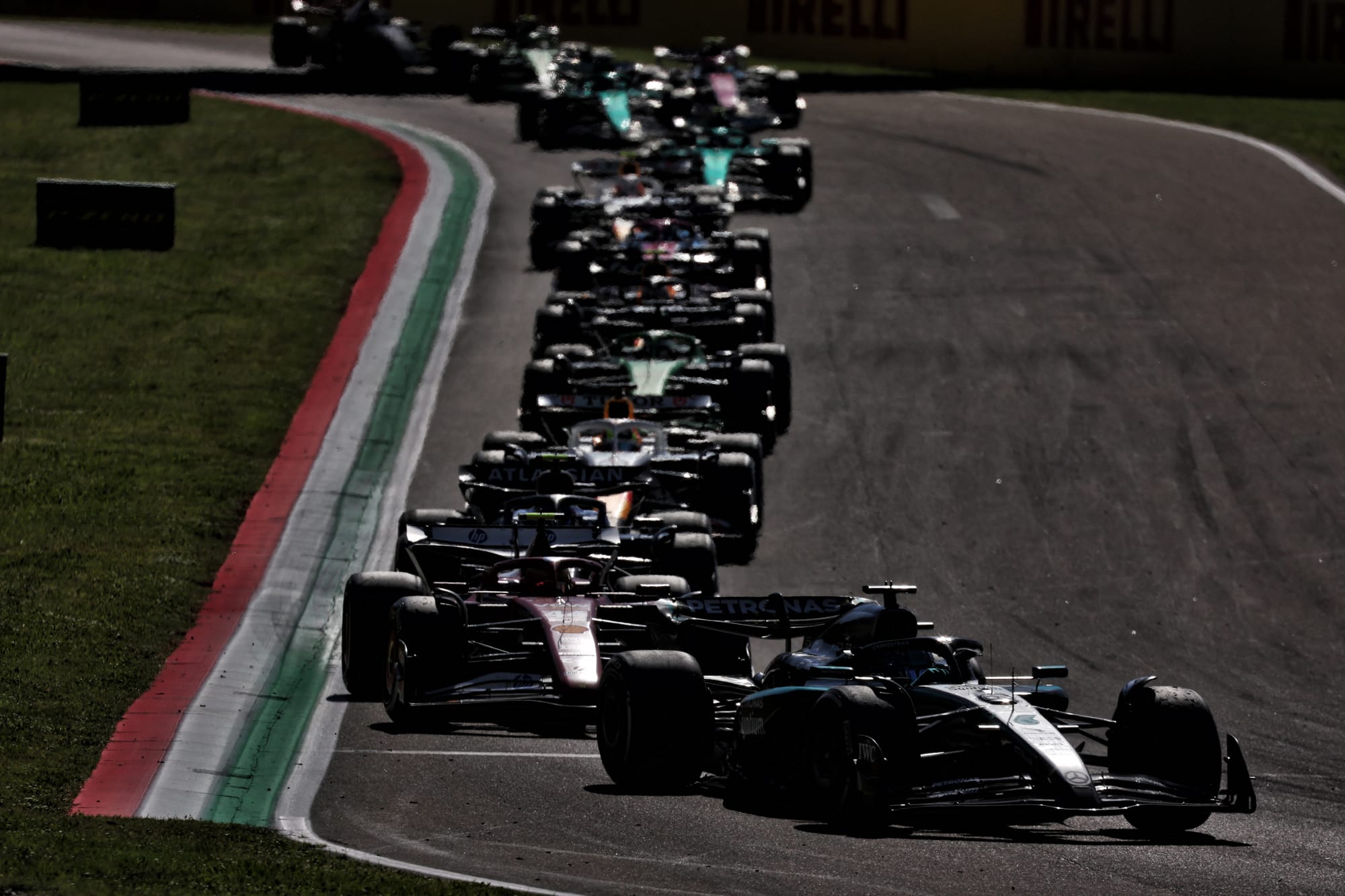
What was already a question mark over a key Mercedes weakness from 2024 has seemingly been definitively answered after a third race in a row where tyre management has badly let it down.
“We had absolutely zero pace,” lamented George Russell. “Clearly a trend. When it's hot, we're nowhere.”
On another track, with different conditions and using different compounds, Mercedes was once again vulnerable on race pace after a great qualifying effort from Russell to line up third.
It was obvious early in the race, even on the mediums that others were able to take surprisingly deep into the opening stint, that Russell was in trouble trying to match the pace of the frontrunners and keep Lando Norris’s faster McLaren behind.
In fact, things were so bad Russell was convinced something had broken on the car, although the data Mercedes had available before getting the car back properly afterwards hadn’t indicated a problem.
Instead it just seems to be that despite a step in one-lap pace, Mercedes’ main weakness is still very much there. As deputy technical director Simone Resta admitted: “I don't think necessarily that there's been an improvement in terms of tyre management.
“I can see a more generic pace improvement last year to this year, but nothing specific to the tyre management so far.”
Alonso is 'the unluckiest driver in the world'
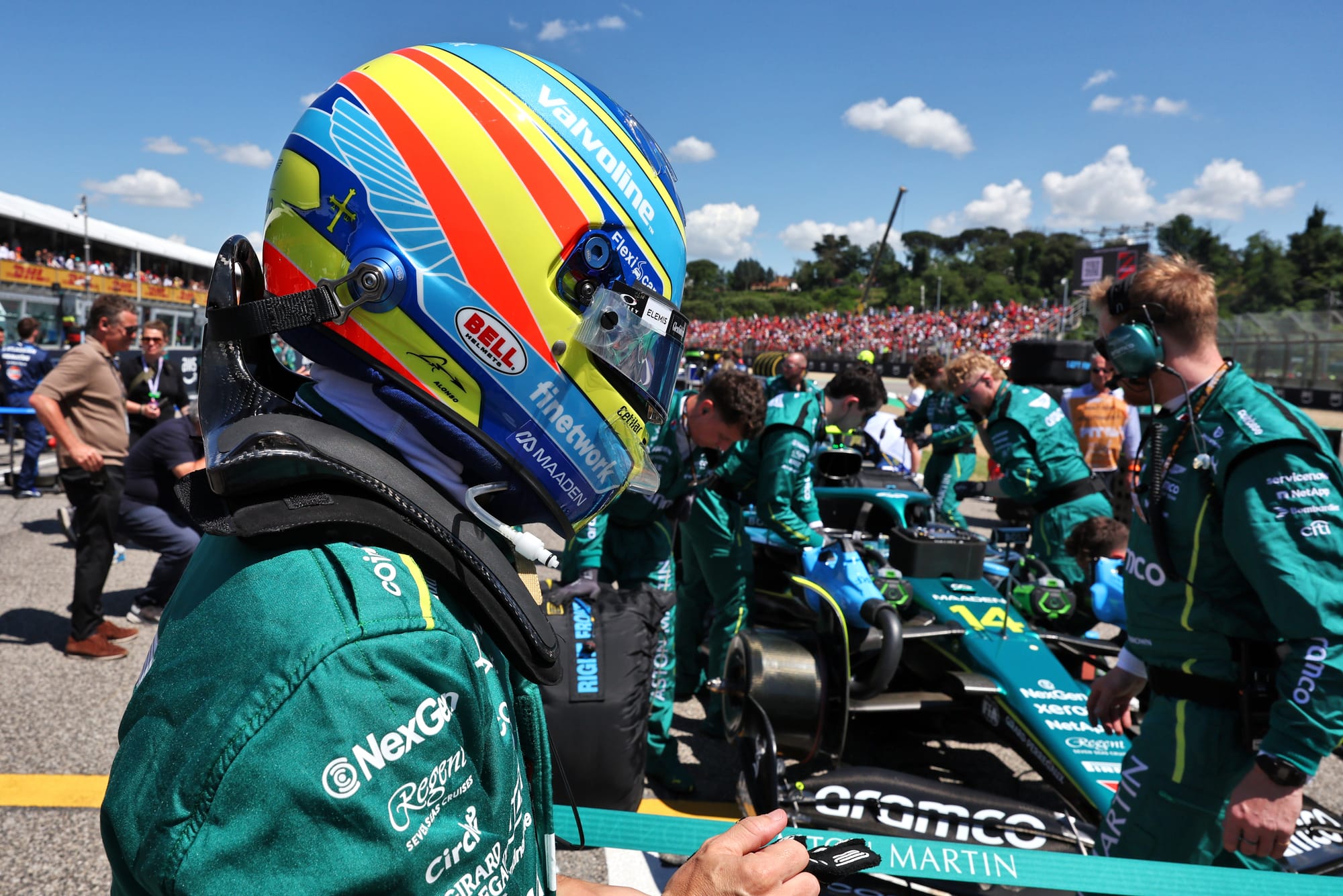
Imola revealed Fernando Alonso to be the "unluckiest driver in the world", according to his in-race radio communication. Alonso’s got a flair for the dramatic declaration but it was easy to see the cause this time.
Alonso’s point-less run in 2025 has been extended, although this was a different type of frustration to Aston Martin’s previous disappointments.
He and the team, which seems to have finally brought a truly impactful upgrade package for the first time in what feels like two years, had seemingly done the hard part with a mega qualifying effort - Alonso starting fifth, and Lance Stroll eighth.
For that to have translated into two non-scores in 11th and 15th at a circuit where track position is king is an awful result. They were set to slip back when Aston Martin pit both cars early, overreacting to some early pitstops further down the order instead of sticking to the one-stop strategy that was the norm, although later safety cars compounded the problem by dropping them out of the points entirely.
Once the initial disappointment fades, there will be a lot of encouragement in the Aston Martin camp that its floor and bodywork upgrade has improved the car - even though it was perhaps flattered by an aggressive tyre strategy in qualifying (sacrificing a new set of mediums to use instead of the fragile softs in Q3).
While it is on the evidence of one race only, it looks like Alonso’s luck will surely turn sooner or later.
Williams is actually underachieving
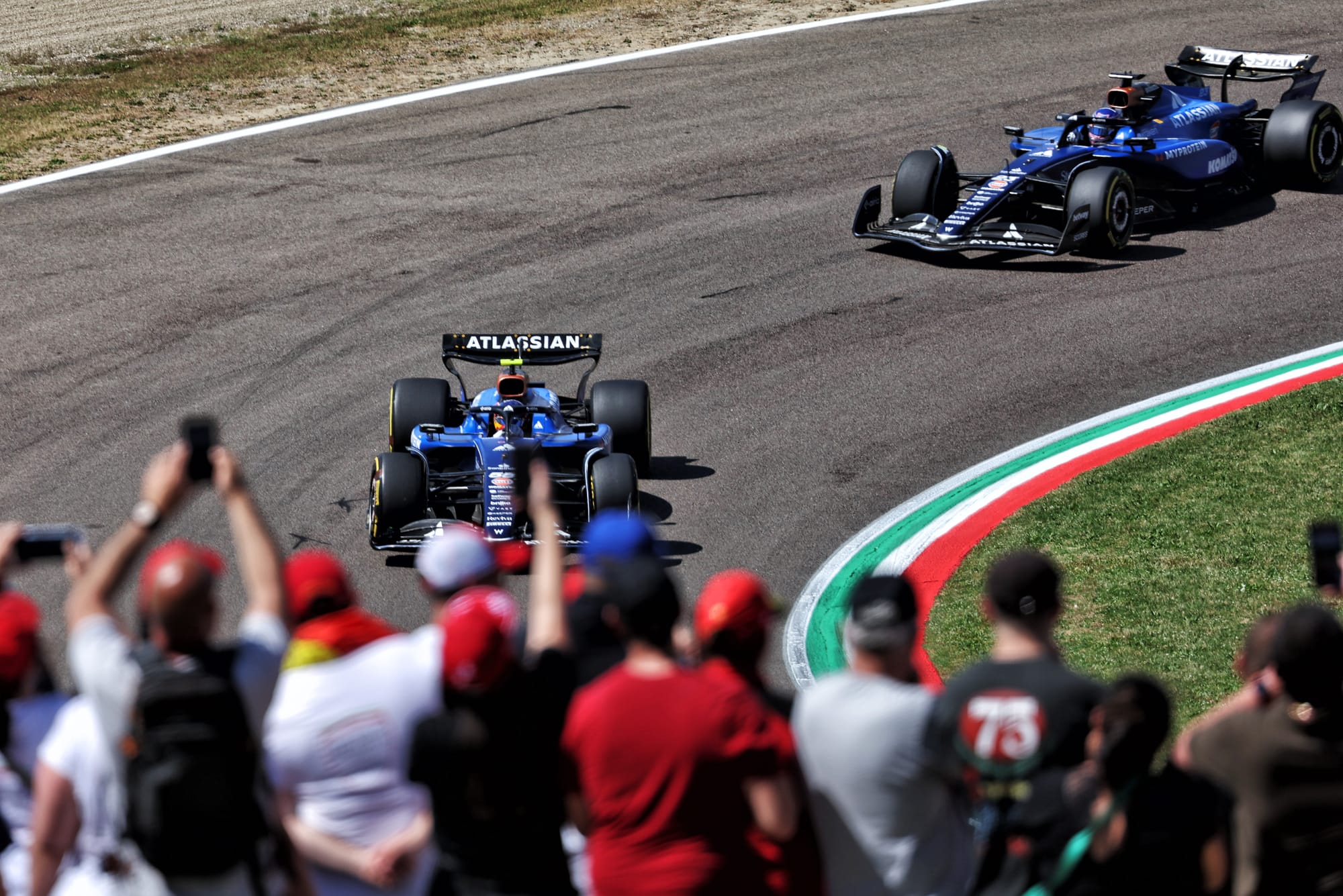
Fourteen points wasn’t just Williams’s best haul of the season, it was its best since the 2017 Azerbaijan Grand Prix where Lance Stroll finished third. That was 168 races ago!
And yet, team principal James Vowles was disappointed Williams didn’t do even better at a track that played to the car’s strengths.
There was even more potentially on the table than fifth for Alex Albon and eighth for Carlos Sainz - who was frustrated for the second event in a row.
Albon ran as high as third, and finished fifth, and might have been able to beat both Ferraris and finish a place higher but for his trip through the gravel while battling with Leclerc. Still, Sainz was the one who missed out big time.
After producing what he called his best lap as a Williams driver to top Q2, he couldn’t repeat that in Q3 thanks to traffic problems that compromised his prep lap having gone out at the back in the hope of getting another slipstream. So Sainz might have started even higher than sixth.
He and Albon ran sixth and seventh early on, only for Sainz to be called in for an early stop on lap 11. That surprised him so much he was tempted to disobey the order, and it compromised his race.
As Sainz was the quicker Williams driver, certainly in qualifying trim, there’s no doubt he could have finished much better than eighth.
That Williams can legitimately have hoped for more despite tightening its grip on fifth in the constructors’ championship tells you everything you need to know about its improvement.
Red Bull's driver headache is re-emerging
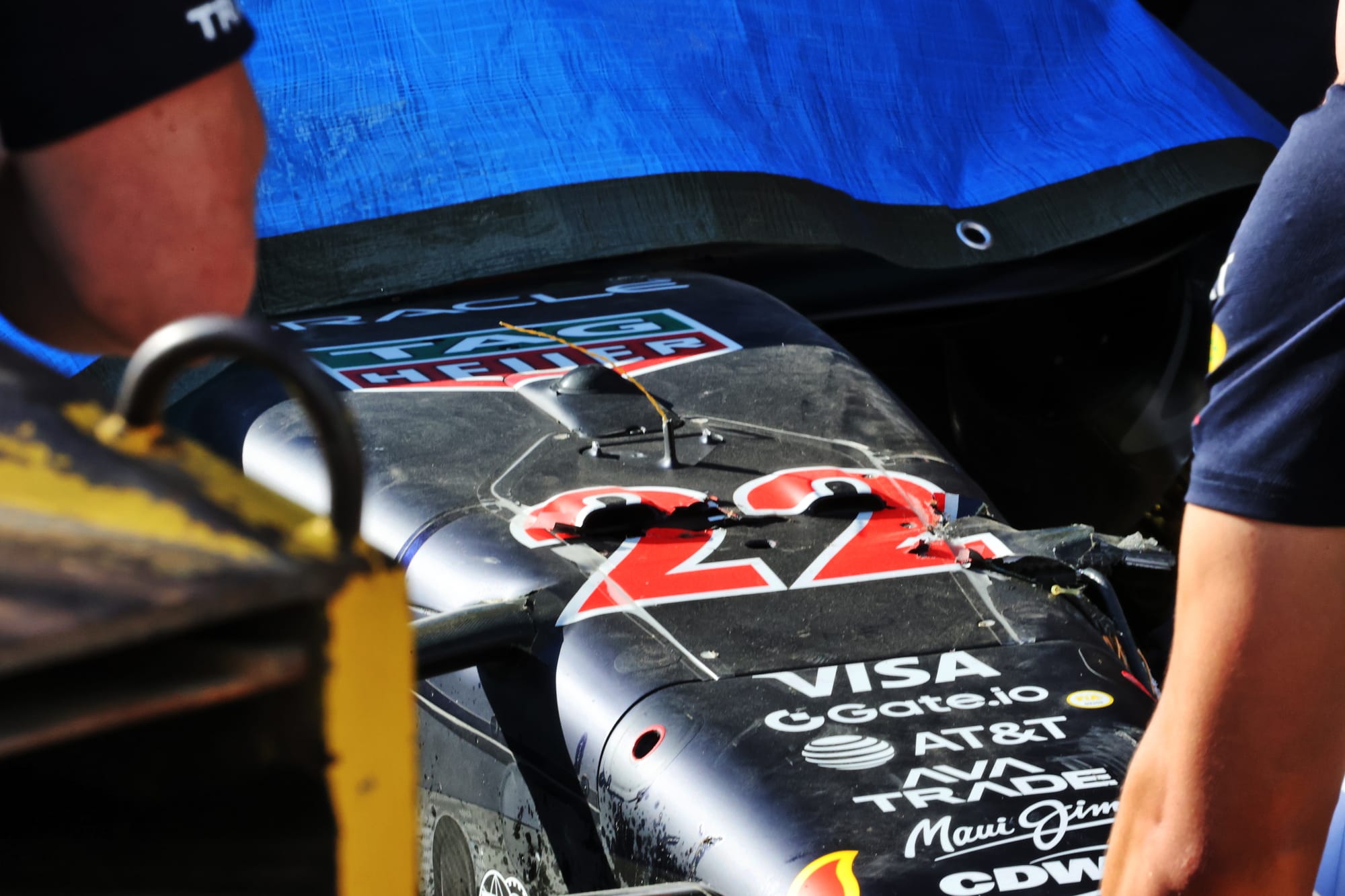
While race winner Verstappen can do no wrong and Isack Hadjar continued his convincing rookie season for Racing Bulls with ninth, there are problems on the other side of both Red Bull teams’ garages.
Yuki Tsunoda’s fifth weekend as a Red Bull Racing driver started promisingly, but crashing and rolling his RB21 at the Villeneuve chicane on his first Q1 lap was, in his own words, unacceptable and stupid.
He at least recovered to 10th after starting from the pitlane, but he knows he needs to do better having scored just seven points in total for the team. And while Red Bull is not showing any signs of losing faith in him, Tsunoda must start getting consistent results to ensure his place in the team doesn’t come under threat for 2026 – or perhaps earlier.
At Racing Bulls, Liam Lawson is also struggling. Still without a point this season, he blamed inconveniently-timed red flags for his elimination in Q1 at Imola – conveniently overlooking the fact Hadjar had exactly the same problem but secured his passage with a quicker first flier.
Lawson has yet to catch the eye since his demotion and with Red Bull junior Arvid Lindblad making a strong start to his rookie Formula 2 campaign the pressure is on.
The one saving grace for Lawson is that Lindblad isn’t eligible for a superlicence to race in F1 until he turns 18 during the summer break. But it’s clear the clock is ticking.
Antonelli's home race couldn’t have gone much worse

Although Kimi Antonelli didn’t end up in the wall like he did last time he participated in a Formula 1 race weekend in Italy at Monza last year, his first grand prix on home soil was a disappointing one.
He lacked the pace, and confidence, of Mercedes team-mate George Russell and was eliminated in Q2, meaning he started the race down in 13th place.
The race did at least come to him as he ran long after starting on hard tyres, pitting under the virtual safety car and taking the restart sixth. However, he had already started to encounter throttle problems. Antonelli was passed by Hamilton, who he’d kept behind in the first stint, then retired when the system shut off.
While Antonelli could well have scored points but for the problem, it was a difficult weekend and ended in his first retirement in F1.
Colapinto returns with the wrong impact
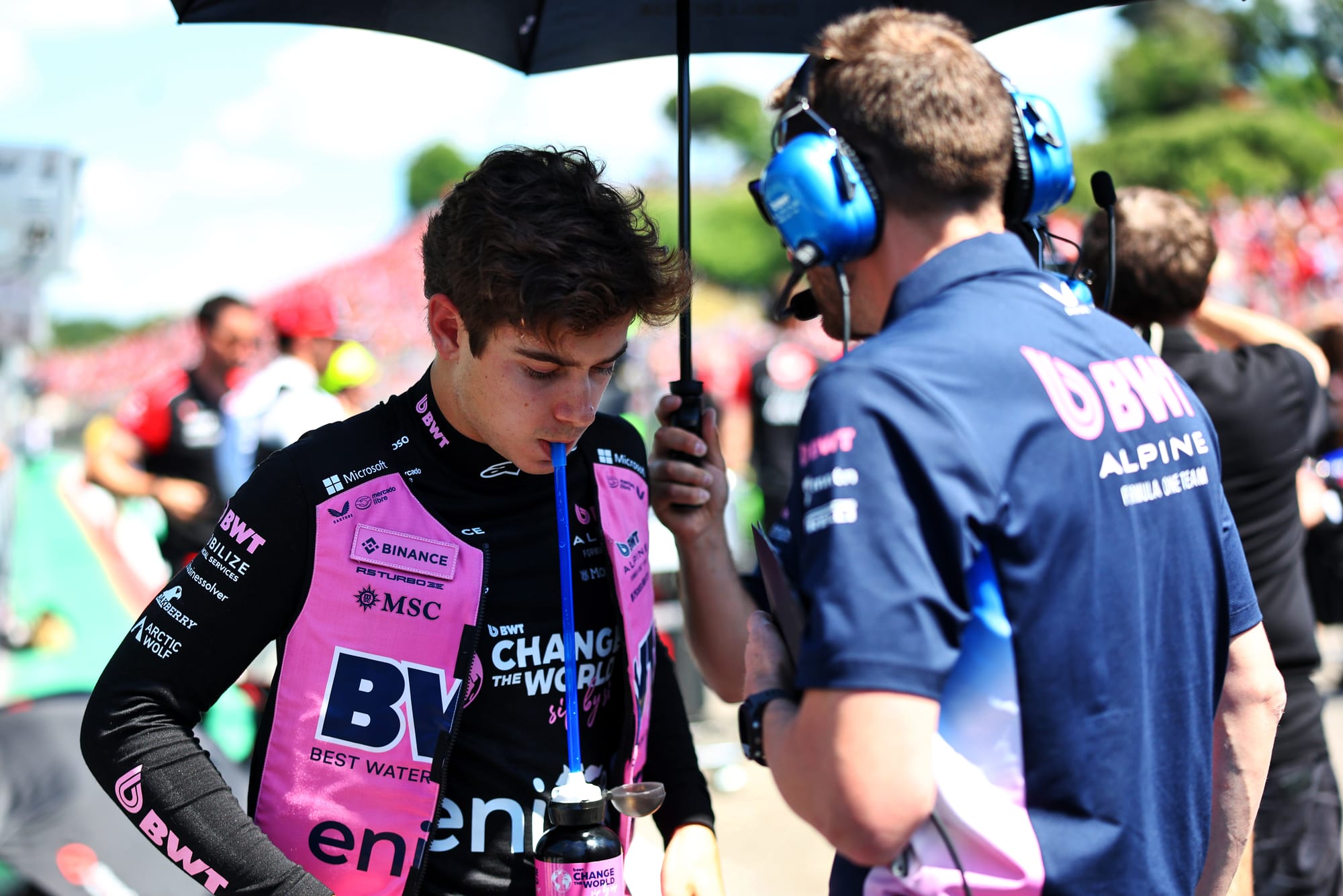
A familiar pattern repeated as Alpine’s weekend developed: it was only Pierre Gasly that really emerged as a points threat, and then its hopes evaporated entirely come race day.
This time it was a Gasly error that dropped Alpine out of the points, but at least he was in the mix. New driver Franco Colapinto was never a contender after crashing heavily in Q1.
That setback was disappointing given Colapinto had been building up nicely on his Alpine debut after replacing Jack Doohan. He was chipping away at his deficit to Gasly despite learning the car and the 2025 Pirelli tyres, and could have been comfortably in Q2 with a deficit no greater than Doohan tended to have. That would have been a strong start.
Instead he only really got in the headlines for the wrong reasons, even if that wasn’t always his fault - racing with faster cars in practice (he didn’t really do anything wrong there), the qualifying crash, and aggressive fans abusing Tsunoda online after a nothing incident between them in practice (not Colapinto’s responsibility).
Starting near the back meant Colapinto was always likely to have an anonymous race and getting stuck behind Nico Hulkenberg’s hard-shod Sauber in the first stint then a badly timed virtual safety car for his pitstop made it tougher still.
This was by no means a disaster but it wasn’t the impact he’d have hoped to make at the start of what was announced by the team as a five-race evaluation. Fortunately he is not under any immediate pressure given Flavio Briatore said there’s actually no limit on Colapinto’s number of races at the moment.
A new variable might have worked after all
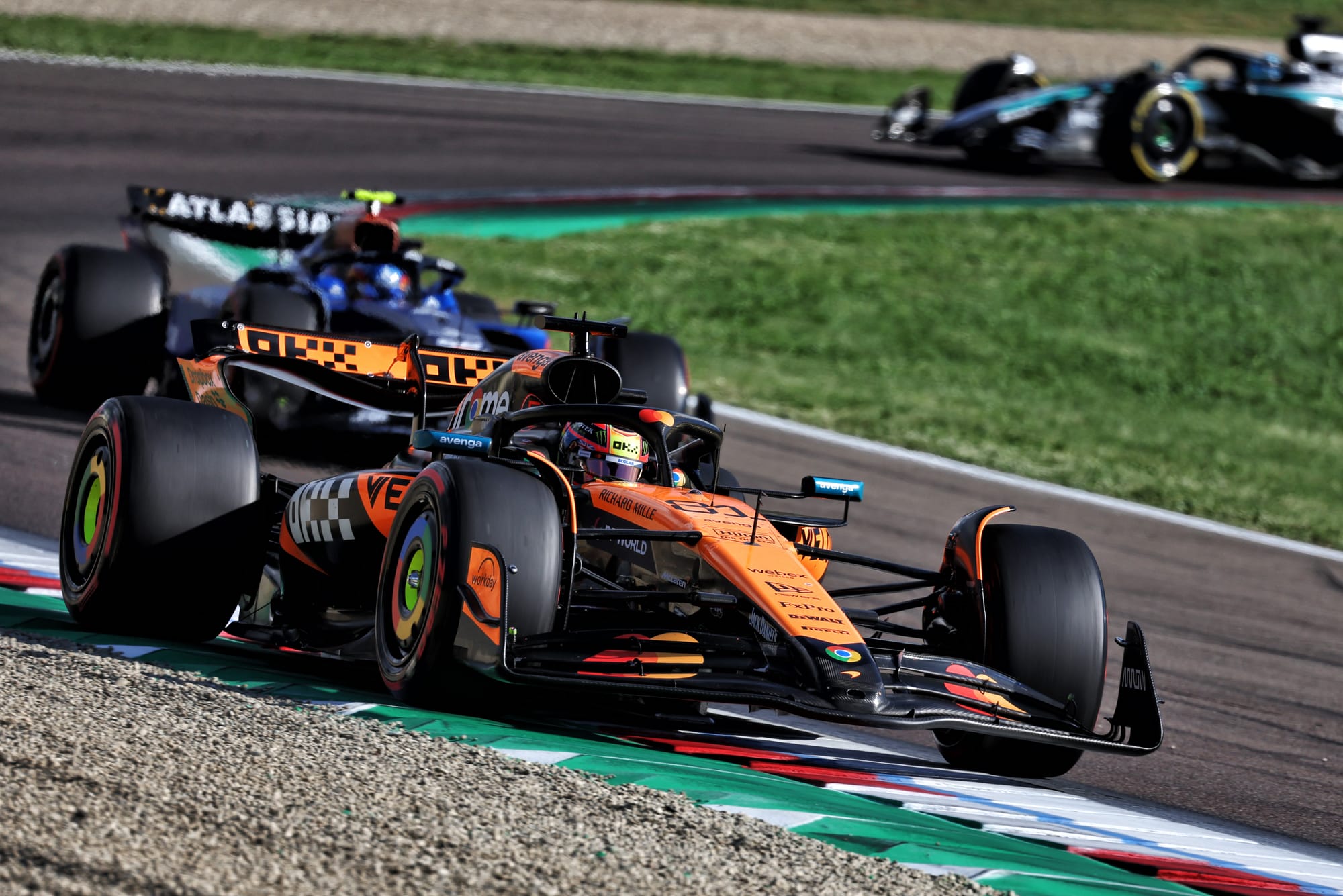
F1 tyre supplier had hoped that choosing its softest range of tyres – the C6, C5 and C4, would help spice up the Emilia Romagna Grand Prix from a strategic point of view – and from the outside its move certainly seemed to have paid off.
After Friday practice it didn’t seem to be the case. But the new fragile C6, which moved around in cornering a bit too much for some drivers’ liking, did not make it automatically the best tyre in qualifying.
Then in the race, the field seemed to diverge on what the best strategy was. Among the frontrunners, Verstappen and Lando Norris had looked well set for the one-stop before the safety car intervention, while Oscar Piastri and Russell opted for the extra tyre change.
What is not clear is whether the way the excitement played out was because the strategy options had genuinely opened up, or just because teams had had a weekend where they simply did not know the new C6, so this was just the novelty factor at play.
The two-stop switches for many were not based on hard data, but more on some teams getting spooked by what looked like an initially strong undercut from others down the order that triggered a chain reaction.
With the teams and drivers having the knowledge they have now, things may well turn out very different if the race was replayed. From Pirelli’s perspective, the route to success in creating two stoppers seems best set by keeping teams well on their toes.
Imola is disappearing just as it starts to fit
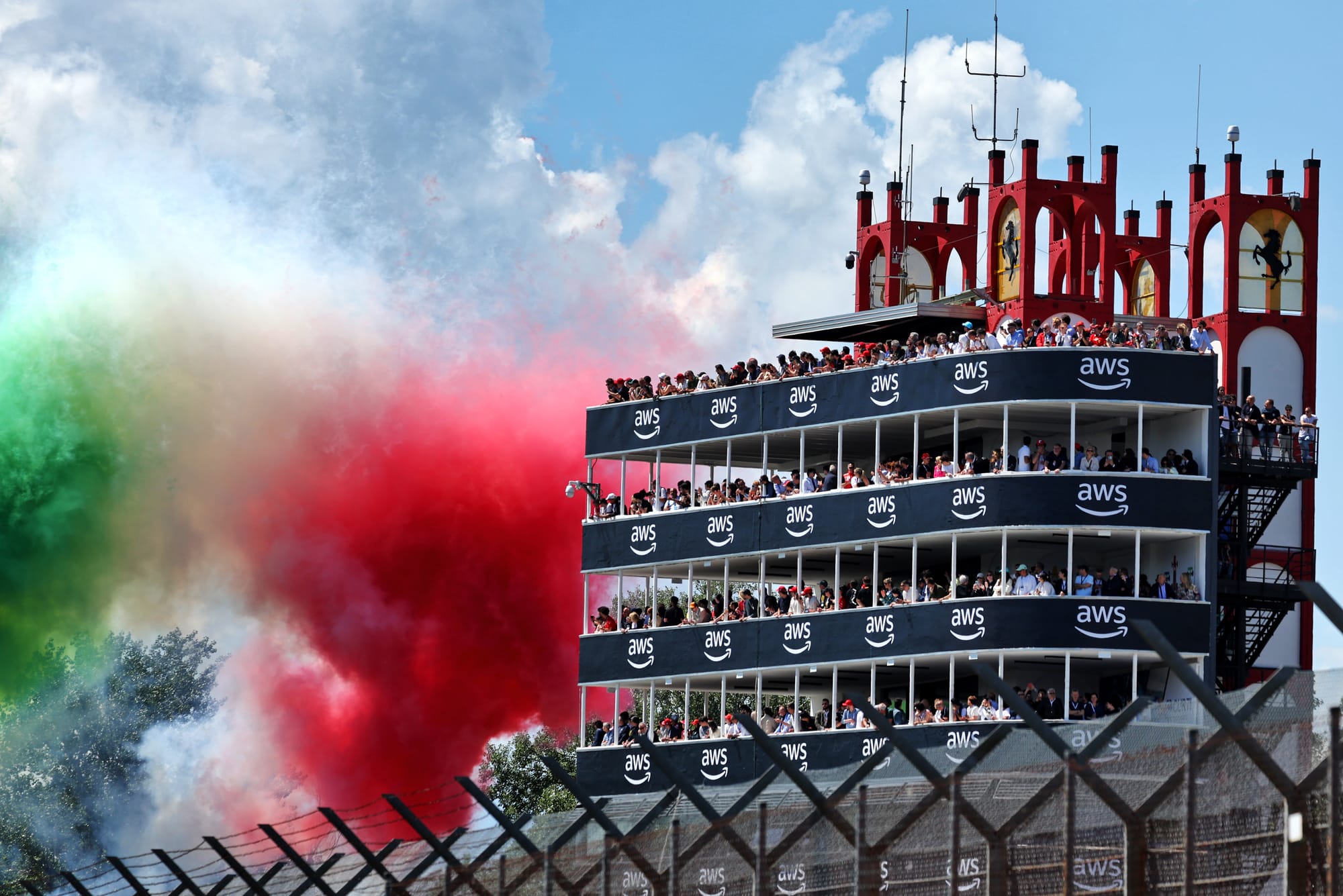
Farewell Imola. There was no official word from F1 bosses about the future of the Emilia Romagna Grand Prix, but it was accepted in the paddock that this was going to be the last race here for a while as the event will drop off the calendar in 2026.
The surge of interest in other venues around the world, and those venues' commitment to delivering big venue quality that suits the modern demands expected of F1 (for that read lots of corporate guests and spacious facilities), mean that old-school venues like Imola have been outgrown by grand prix racing.
It is a shame in some respects because there is not only a charm to the Imola weekend, but its racetrack has proved to be quite a decent fit for the current generation of cars.
Helped by the tyre choices for the weekend, we saw plenty of overtaking, some aggressive passes and certainly more action than some other venues we go to.
But just because grand prix racing is saying goodbye for now does not mean it will be goodbye forever. Imola looked dead in the water the last time F1 left and managed to find a way back. So never say never about that happening again.


